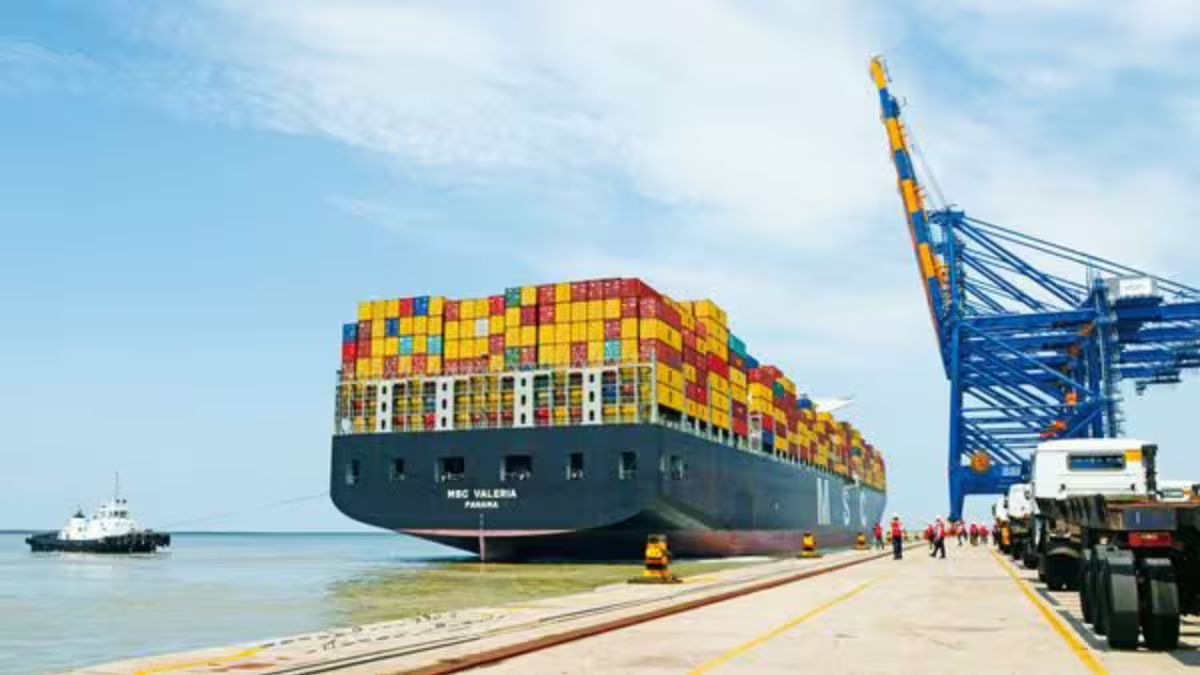Port congestion at major European hubs is intensifying, with ripple effects threatening global supply chains and shipping costs. According to a recent report by maritime consultancy Drewry, waiting times for berth space surged significantly between late March and mid-May:
Bremerhaven experienced a 77% increase, Antwerp 37%, and Hamburg 49%. Rotterdam and the UK’s Felixstowe also reported extended delays. These disruptions are primarily attributed to labour shortages and low water levels on the Rhine River, which have hampered barge traffic to and from inland locations.
Compounding these challenges, the temporary rollback of 145% tariffs on Chinese imports by US President Donald Trump has accelerated shipping demand between the world’s largest economies. This surge is evident in the transpacific eastbound trade, which is showing signs of an early peak season, fuelled by a 90-day pause in US–China tariffs set to expire on August 14.
Similar congestion patterns are emerging in Shenzhen, China, as well as Los Angeles and New York, where the number of container ships awaiting berth has been increasing since late April.
Rolf Habben Jansen, CEO of Hamburg-based Hapag-Lloyd AG was quoted by Bloomberg as saying that while there are recent signs of improvement at European ports, it may take another six to eight weeks before the situation is under control. He emphasised the need for a gradual restoration of regular journeys through the Suez Canal to avoid overwhelming ports with vessel traffic, suggesting that a sudden shift could create massive congestion.
In the United States, the tariff truce with China has not yet led to a significant increase in trans-Pacific shipping. Torsten Slok, chief economist at Apollo Management, questioned whether existing 30% tariffs on China remain too high or if U.S. companies are waiting to see if tariffs will drop further before ramping up shipments.
Impact Shorts
More ShortsMeanwhile, the trade landscape remains volatile. President Trump recently threatened to impose a 50% tariff on European Union goods starting June 1, a move that could severely impact transatlantic trade. However, following a conversation with European Commission President Ursula von der Leyen, Trump agreed to delay the implementation until July 9 to allow for further negotiations. This announcement provided temporary relief to markets, with European shares and US futures experiencing gains.
Despite this delay, the threat of increased tariffs continues to create uncertainty for importers and exporters, making it difficult to plan orders and causing unseasonal swings in demand. Shipping lines are facing delays and higher costs, leading to freight rate hikes. Carriers, including MSC Mediterranean Shipping Co., have already announced general rate increases and peak season surcharges starting in June for cargo from Asia.
Adding to the complexity, cargo ships are still largely avoiding the Red Sea due to ongoing attacks by Yemen-based Houthis, opting instead to sail around southern Africa. This longer route affects goods transported between Asia, Europe, and the US, further straining global shipping networks.
As the situation evolves, stakeholders throughout the supply chain are closely monitoring developments, aware that the interaction of port congestion, labour shortages, and geopolitical tensions could have lasting impacts on global trade dynamics.
)